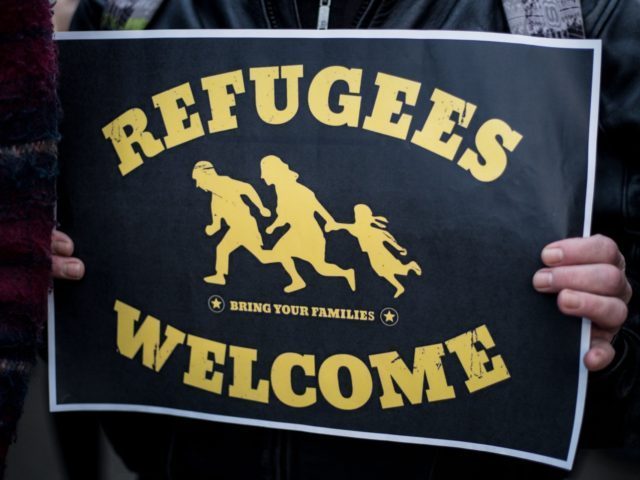Around one-third of Belgium’s resident population are either foreign nationals or from migration backgrounds, according to the country’s statistical agency Statbel.
According to the figures to January 1st, 2020, just over two-thirds of Belgium’s population, or 67.9 per cent, are native Belgians, according to the Statsbel figures, representing 7,806,078 people.
Almost one-in-five, 19.7 per cent, of the population are Belgians of migrant background, which is classified as those with one or two relatives who are either foreign nationals or are foreign nationals who have received Belgian citizenship. More than one-in-ten, 12.4 per cent, are foreign nationals, broadcaster RTL reported this week.
The figures revealed a large change from 2010 when the native Belgian population was 74.3 per cent and the foreign and migrant-background population just over a quarter.
The Belgian capital-region of Brussels has the largest share of residents of foreign nationality with 35.3 per cent, compared to Flanders, which has a foreign population of 9.3 per cent.
The figures also reveal that the younger demographics have larger shares of foreign nationals and migrant-background residents. Native Belgians account for just 54.3 per cent of those under 17-years-old, while they account for 87.3 per cent of those above the age of 65.
According to the statistics, the most common foreign nationality in Belgian is Moroccans, followed by Italians, French, Dutch, and Turks.
The statistics are similar to other western European countries that have also seen radical demographic shifts in recent decades.
In Germany, a quarter of the population come from migrant backgrounds, according to a report released in July. While in Western Germany, nearly half of the children under six years old are from migrant backgrounds.
Belgium’s other neighbour, France, has also released data showing the demographic shift in areas of the country. Data released last year by France Stratégie, a group affiliated with the French Prime Minister’s Office, showed huge growth of migrant-background children in various urban areas.
For example, Greater Paris saw its share of migrant children rise from 6.5 per cent in 1968 to 36.6 per cent in 2015. In the Paris suburb of Clichy-sous-Bois, 83 per cent of the children came from non-European backgrounds in 2015.

COMMENTS
Please let us know if you're having issues with commenting.